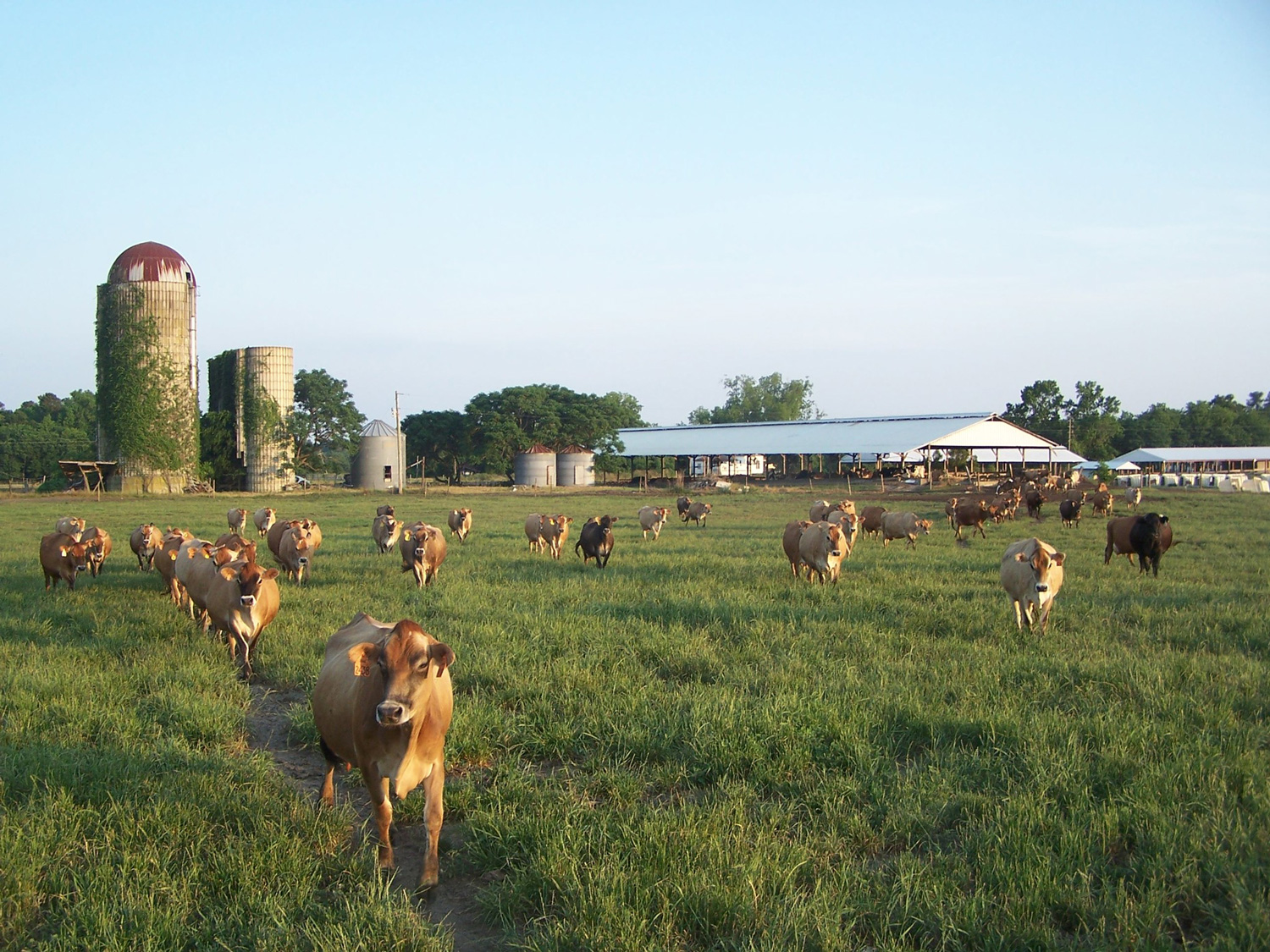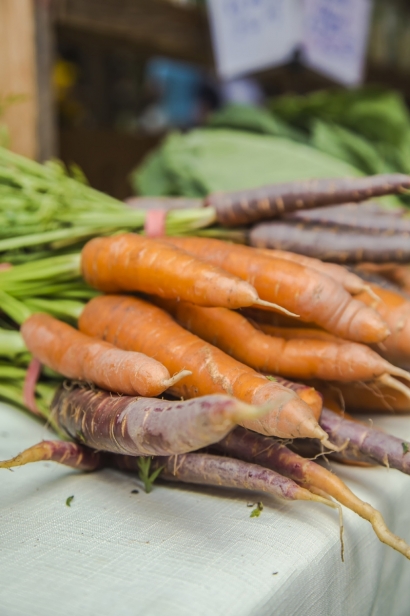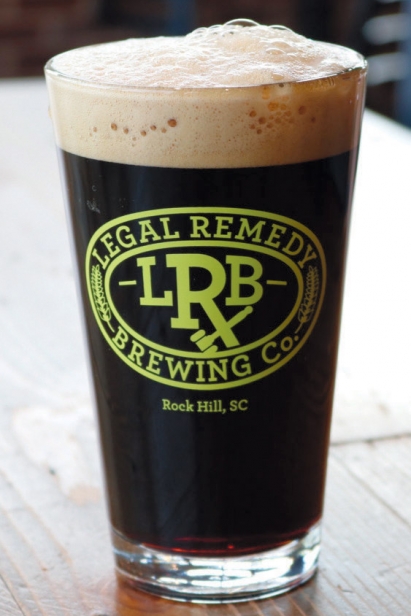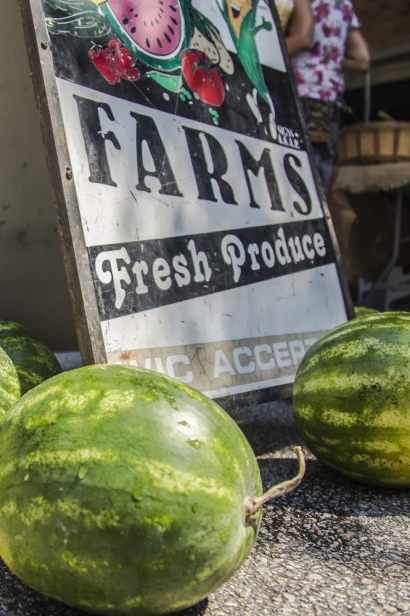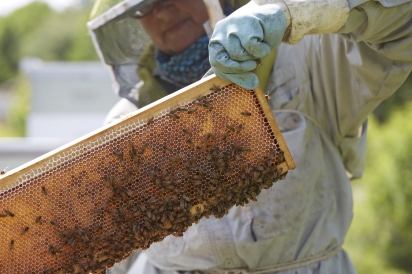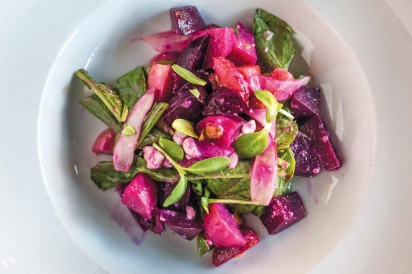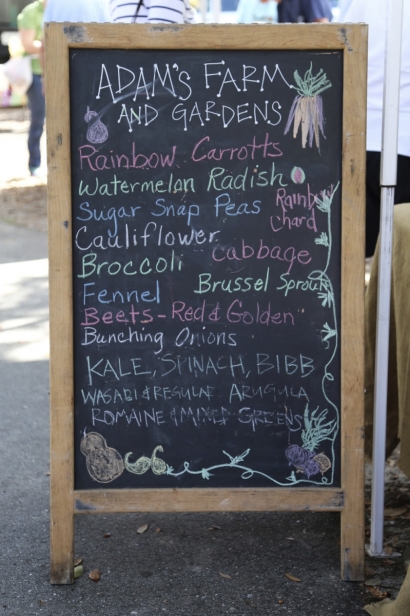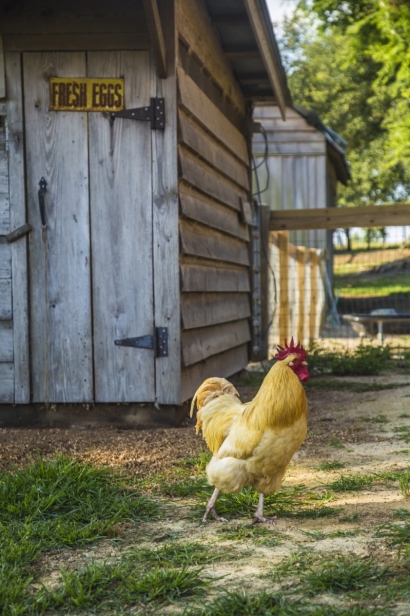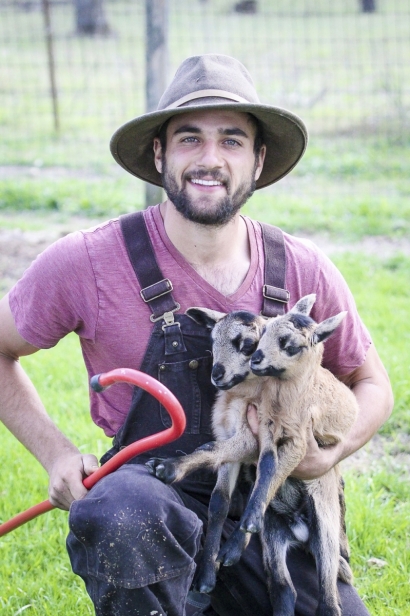What it Means to Eat Local
Turns out, nobody really knows
When it comes to what we put on our plates, “local” is all the rage. Food that is locally produced, marketed and consumed is generating increased interest from consumers throughout the United States, and in South Carolina, we’re no exception. Our growing desire to eat local has given rise to a network of farmers’ markets throughout the region; the robust proliferation of small, entrepreneurial food-related enterprises; and a community more engaged and connected than ever before around the table.
And yet, in the face of all these advances, lingering uncertainty remains. We’re told that buying local is a good thing to do. We hear that eating local is helpful. But when it comes to really understanding the value of buying close to home, the one thing no one seems to know is: What, exactly, does “local” mean?
DEFINING LOCAL
There is no universal definition of what “local” food means, though locavores might argue the magic number is 100 miles. A clause in the 2008 Food and Farm Act also stipulates that products that travel less than 400 miles from their point of origin or are produced within the same state can be called “locally or regionally produced,” so when consumers read “local” on labels, social media or even billboards, there’s no real way of knowing how the localness of that product or service is being defined.
For some consumers, “local” refers specifically to food grown within a certain region, reasonably close to the place they identify as home. For others, local food is associated with natural, organic and other specialty products marketed through grocers or restaurants or handcrafted food makers. For others yet, there’s a social component; buying local means knowing and supporting the people and businesses that have had a hand in bringing food to their table.
National proponents suggest local is only a matter of geography, and therefore, when we think of eating and drinking local, our definition must include producers of all kinds—farmers, ranchers, fishers—in addition to individuals and institutions engaged in producing, processing, distributing and selling food in a given region.
Of course, while it might seem silly to overthink the term “local,” the problem with leaving it fuzzy is that if we can’t define what it means, even in general terms, we also can’t define its relative value to our health, our communities and our economy.
LOCAL MEANS KNOWING YOUR FOOD
There is a new generation of food makers who recognize the need for a systemic, sustainable approach to cultivation and production of food, and it is perhaps this generation of “real food” advocates who best understand the value of, and challenges within, our shifting paradigms. Every day they are responding to consumer demands for locally grown food, traceable to its source, humane and sustainable in its production, while also battling the market realities of providing such products (often at slightly higher prices, or in locations that aren’t as convenient for shoppers).
LOCAL MEANS BIG-PICTURE THINKING
The irony of eating local, of course, is that it requires some serious big-picture thinking. Gone are the days when we had the time to grow all our own food and lifestyles that allowed us to manage its use throughout the seasons. Charming and quaint as it might sound, small farming in South Carolina isn’t an easy go, nor is running a small food business committed to sourcing local. There are real business challenges—like pricing products competitively and reducing spoilage rates when food isn’t sold, teaching consumers the value of what’s being provided and finding time to market your goods. Thankfully, the number of local farms and producers is growing, and with that growth will eventually come a few efficiencies. Slowly but surely, thinking in terms of food systems will yield returns and the value of these producers’ big-picture planning will pay off.
One of the most easily overlooked elements of the eat local movement is the incredible innovation that comes as growers and producers look for solutions to food system challenges.
But growers and producers aren’t the only local advocates invested in this new way of thinking. Chefs and restaurateurs are increasingly active proponents of the movement as well. As the most prevalent public face of food in our communities, their leadership is essential. Sustainable, local food practices require innovation, and a commitment to conservation.
LOCAL MEANS COMMUNITY
It’s impossible to understand the significance of buying local without also understanding the contributions our region’s farmers’ markets have made to the movement. Weekly gatherings of producers and consumers have become the iconic activity associated with buying local—and they enjoy a reputation for being true to what we believe is good about sourcing food from people we know and trust. Farmers’ markets are not only places of commerce, but also of community.
It should be noted, it’s not always safe to assume that every farmers’ market in our region features vendors who source produce directly from a local farm. Markets that sell goods from various locations (with sources sometimes unknown to the sellers) still provide tremendous value to customers by making fresh food available in areas that might otherwise lack access, but some critics contend there’s a need for greater transparency in the transaction. The logic goes like this: If local farms aren’t supplying food directly to the market, then markets shouldn’t be called local farmers’ markets. Instead they should be more accurately described as produce markets.
Some farmers’ markets, like the three state-owned farmers’ markets in West Columbia, Florence and Greenville, are taking a proactive approach by clearly defining parameters for their vendors.
LIVING LOCAL
What do all these swirling dynamics have to do with living “local” day to day? We’re not sure. What we do know is that local food is about so much more than food. How we chooses to define “local” will ultimately be shaped by the conversations we have, the decisions we make and the investments we choose to stand behind as a community. These are the things that will eventually define our region’s local food movement. As our region continues to develop an answer, it’s important to keep asking the questions: Where does this food come from? How was it grown or processed? Do I know and trust the maker of this product? Are these foods grown with a sustainable future in mind?
Beyond odometer readings and borders on a map, it seems that living local is about building community, preserving farmland and making our food system more transparent to everyone. It’s about building a sense of social connectedness, a feeling of mutual exchange and a relationship between a consumer and a vendor. In its simplest form, it’s about knowing your food and trusting the people who make it.


